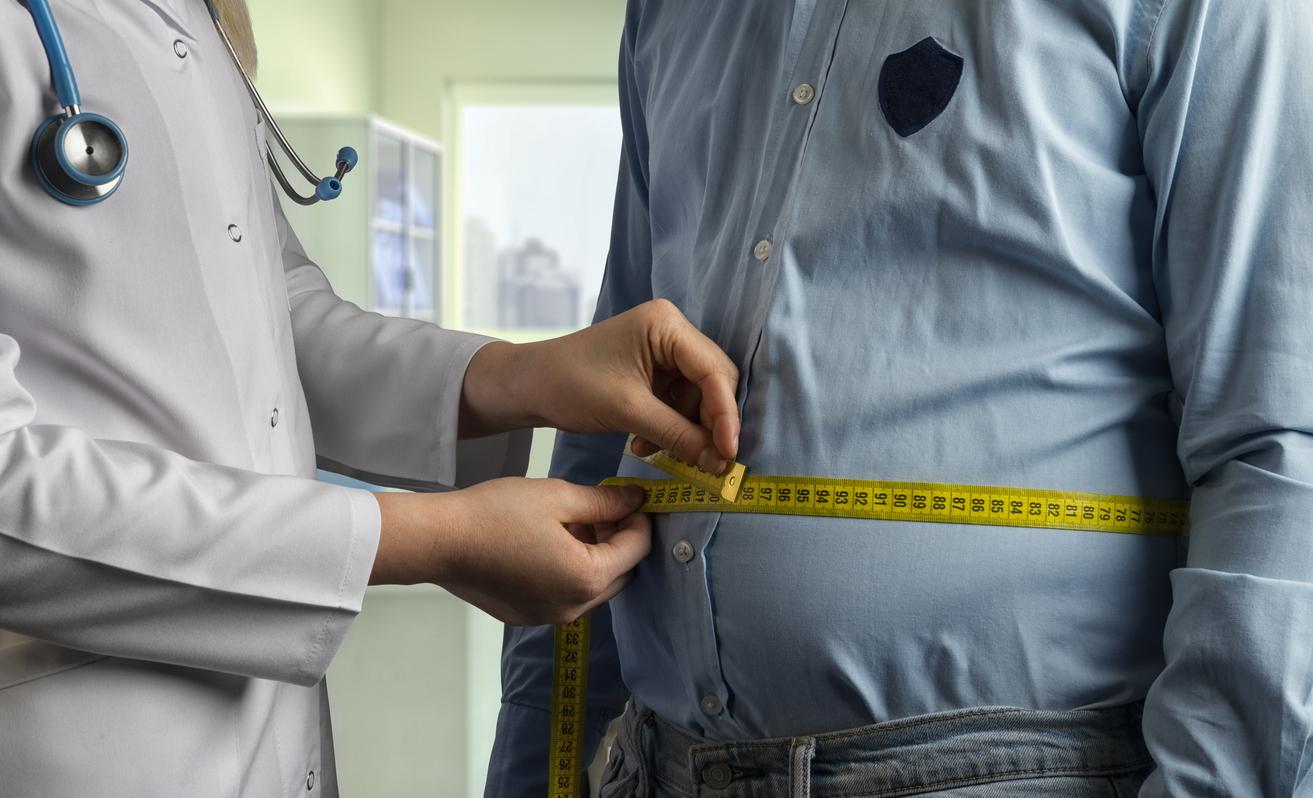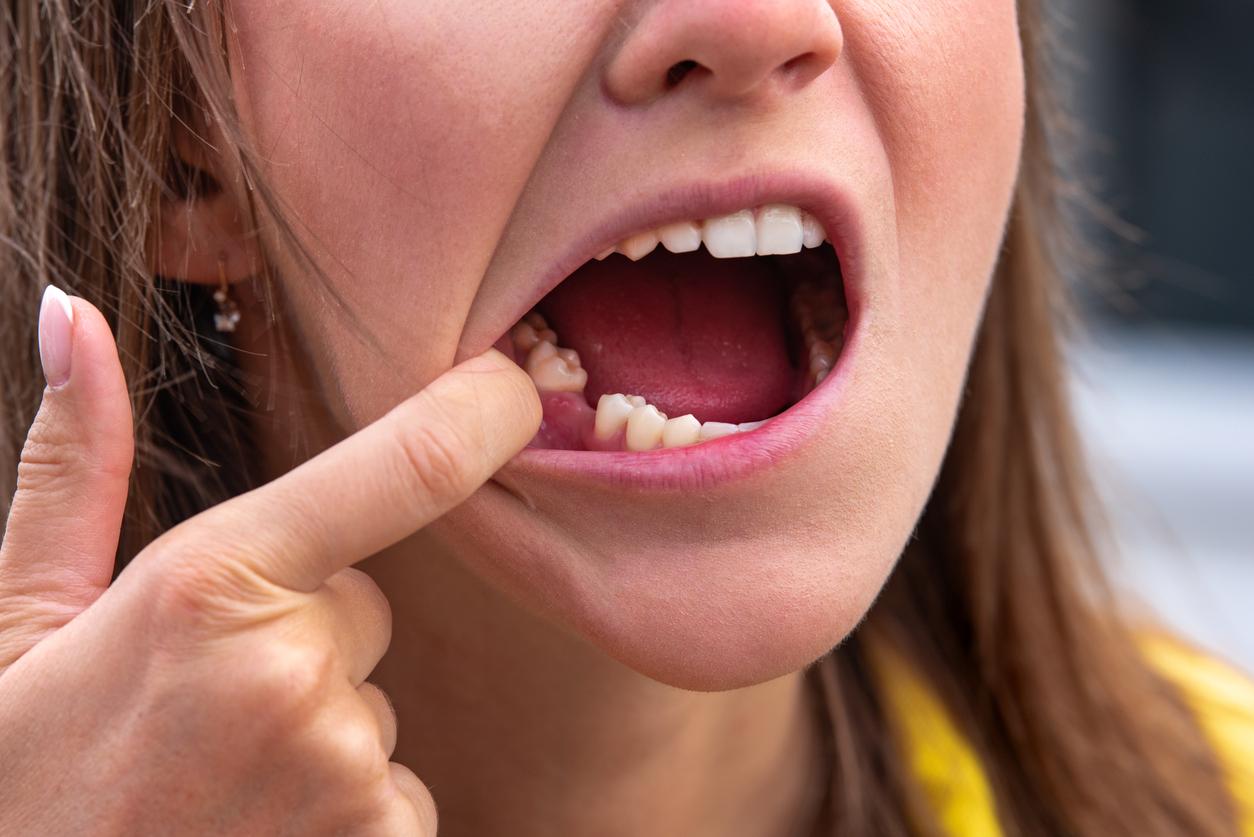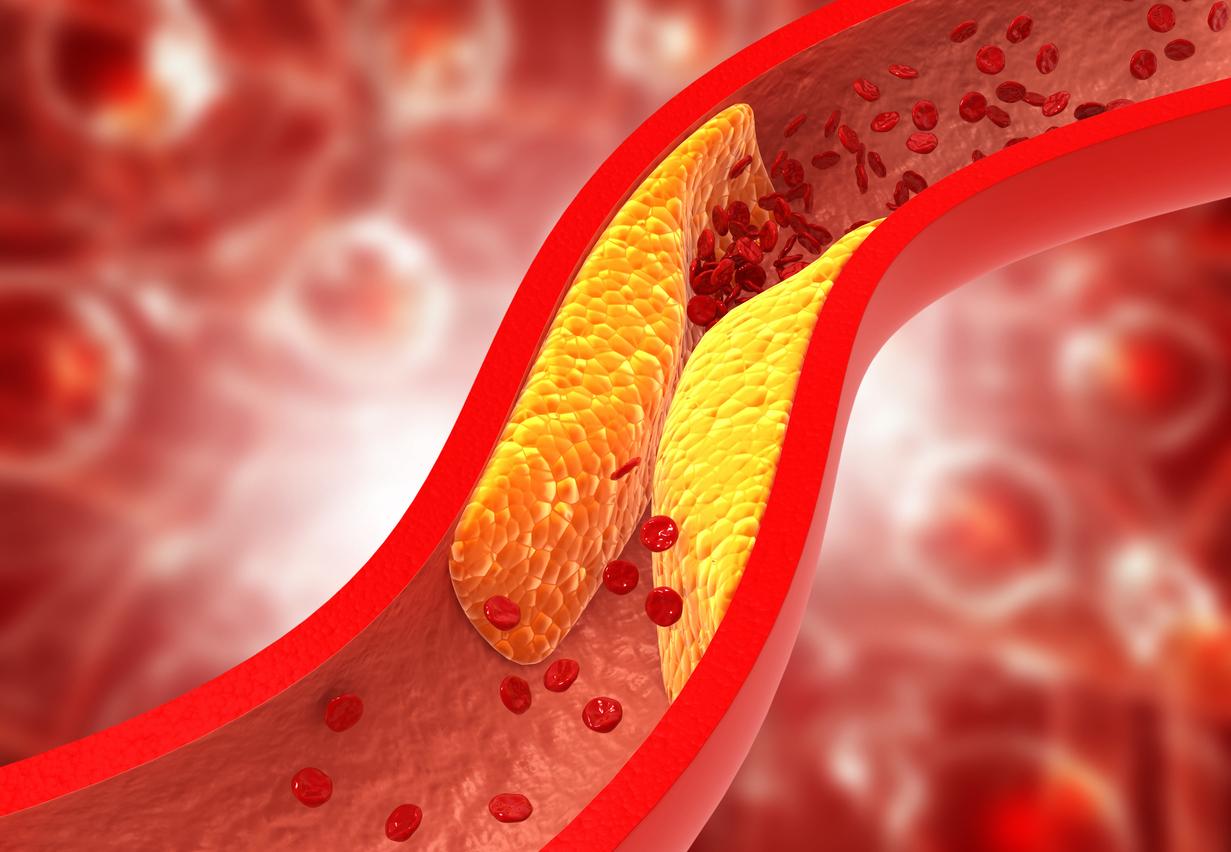Ectopic foci of fat that cause an abnormal elevation in waist circumference can have serious health consequences. Odile Fabre, medical and scientific manager of a nutritional and psycho-behavioral rehabilitation network, explains why it is important to monitor this marker.

– Why Doctor: what does his waistline say about a person’s state of health?
Odile Fabre : Today it is considered a true marker of cardiovascular risk, in the same way as weight, body mass index, the famous BMI, smoking, or not having a diet rich enough in fruits and vegetables. This waist circumference, it should, according to experts in this field, be measured systematically as part of everyday care and it should be part of the medical file of all French people like weight, height or blood pressure.
– How to measure it?
It’s very easy ! Just take a tape measure, a seamstress’s tape measure, and place it between the top of the iliac crest, the bone that you feel when you press on the hip, and the last rib . It is approximately in the middle of these two landmarks, at the level of the navel, that we measure the waist circumference most precisely.
– From when is it considered too important?
There are obviously thresholds for qualifying a waist circumference that is too high. In Europe, these thresholds were determined in 2005 by the International Diabetes Federation: it is 94 centimeters in men and 80 centimeters in women. This may seem like a lot, but in fact we get there very quickly!
– Is there a relationship between body mass index and waist circumference?
Yes, there is still a link between these two parameters but it is not quite exact and the waist circumference is much more correlated with the cardiovascular risk than the body mass index which has limits to that level.
– What are the causes of too high waist circumference?
First of all, there is a genetic factor that cannot be ruled out, there are some people who are more likely to take on the waist and others more on the buttocks and hips. But diet is a very important factor. Many today have a diet very rich in sugars and carbohydrates, as in many industrial food products. So there is this diet which is more and more caloric, more and more sweet and in parallel we are more and more sedentary with less energy expenditure. This is the main cause of fat gain in the abdomen and it is fat that is more dangerous than that which is stored in the buttocks or hips.
– For what reasons ?
Because in fact, this fat is not an inert tissue, it is a tissue that is metabolically active, that is to say, it will secrete substances that are toxic to the body.
– Does this waist circumference problem concern both women and men?
Women are genetically programmed to gain fat more in the buttocks and hips and this is the reason why men are more likely to develop cardiovascular or metabolic diseases in the first part of their life. For women, it is after menopause, when they are no longer protected by their hormones, that they begin to accumulate belly fat and develop exactly the same pathologies.
– What exactly are the pathologies linked to waist circumference?
These are all pathologies that are qualified as cardio-metabolic, therefore all cardiovascular diseases, hypertension, atherosclerosis, heart rhythm disorders and purely metabolic diseases such as diabetes or the famous “heart disease”. foie gras” which is progressing very significantly. There is also sleep apnea syndrome, breathing pauses that occur during the night. These are in fact pathologies which may be different but which all have the same origin, this increase in visceral fat in the abdomen, in and around the organs.
– From what age should you watch your waistline?
Very young ! Studies have shown that already in young adults there can be accumulations of cholesterol in the arteries due to their diet which is not adapted to a lifestyle in which there is not enough physical activity. . There are more and more cases of type 2 diabetes or “fatty liver disease” in children or very young adolescents, which we did not see at all 50 years ago!
– Is it enough to lose weight to reduce your waistline?
So yes and no! Yes, of course, you have to lose weight but in a localized way. The increase in waist circumference reveals an accumulation of fat in the abdominal cavity but also in organs that were not designed for it such as the heart, pancreas, liver, kidneys, which the are called ectopic fat foci. So when you lose weight, you actually have to eliminate fat from all of these organs.
– What diet should you adopt to lose your waistline?
It’s not about doing a lambda diet, we all know about it and in most cases, we actually lose weight. But the idea is to locally lose this fat, which is toxic to the body, and to preserve muscle mass. So it’s not a simple diet that you have to follow but a real weight loss program that includes a change in lifestyle. You have to drastically limit your sugar consumption, have a diet rich in protein and of course increase your physical activity and try to make these good practices real lifestyle habits.
– Does strengthening your abdominal muscles reduce your waistline?
No way ! You can do all the abdominals you want, it will strengthen your abdominal strap, which is not uninteresting, but on the other hand to melt localized fat it is better to have a physical activity which the experts have defined as using 60% heart rate, which is like doing sports without being out of breath. This includes brisk walking, cycling but at moderate intensity, activities that can be done on a regular basis.
– Are there treatments other than those concerning diet and physical activity?
Apart from changes to one’s lifestyle, there is no way to treat all the pathologies resulting from too large a waist circumference in a homogeneous way.
– You have underlined the frequent absence of measurement of the waist circumference in routine care. What is it due to?
Indeed, we do not provide enough information on the importance of this measure. This is a fairly recent subject and physicians are perhaps not sufficiently aware of all the physio-pathological mechanisms that lead to the appearance of these ectopic fat foci. They don’t necessarily have the right tools to help their patients lose weight appropriately.
















